 An article in the March 7, 2012 edition of Cell Metabolism Journal supports the benefits of exercise, suggesting possible enhanced effects of combined exercise and drug treatment in patients with CMT.
An article in the March 7, 2012 edition of Cell Metabolism Journal supports the benefits of exercise, suggesting possible enhanced effects of combined exercise and drug treatment in patients with CMT.
When there are too many methyl group type molecules in the body, certain enzymes (called transcription factors) are prevented from interacting with the body’s DNA. This interaction would normally allow genes to “turn on” and help muscles to adapt to exercise and activity. But when there are too many methyl groups in the body, these transcription factors are, to a certain extent, prevented from doing their job.
This study showed that exercise appears to reduce the presence of methyl group type molecules. This is good news if we are trying to change or affect enzyme activity. If one can reduce methyl groups with exercise, then it could be theorized that neurotropic drugs would be more effective when combined with exercise.
Perhaps reduction of methyl groups could contribute to a general exercise-related transformation of the body’s internal environment, thereby increasing the effectiveness of exercise combined with drugs for patients with CMT, more than perhaps either alone.
Stay tuned for the latest research developments and for information as to how these developments relate to Charcot-Marie-Tooth.
For this article we thank Dr. Robert Chetlin, PhD, CSCS, CHFS, at the West Virginia School of Medicine, for his expert consultation.





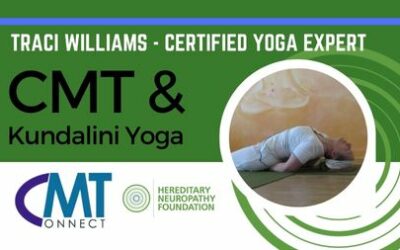
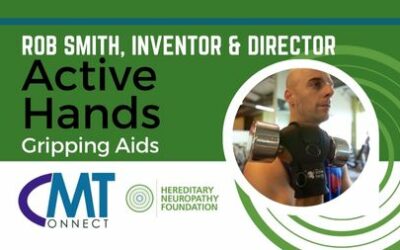
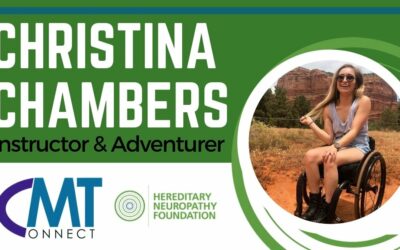
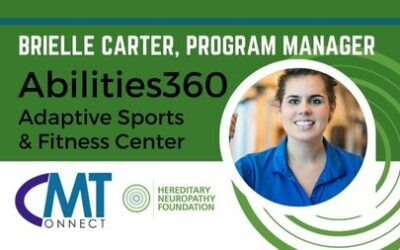
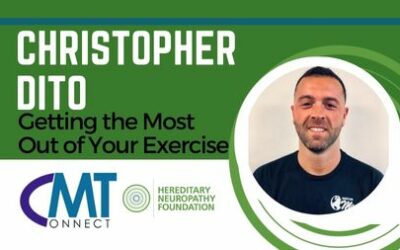
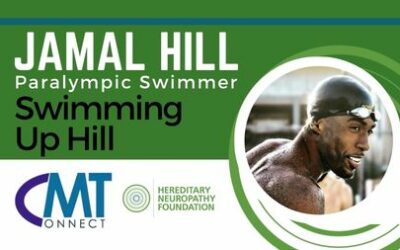
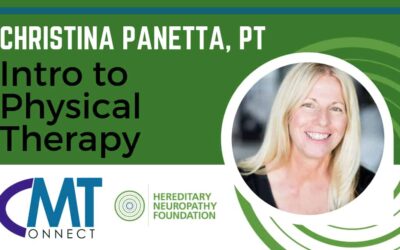
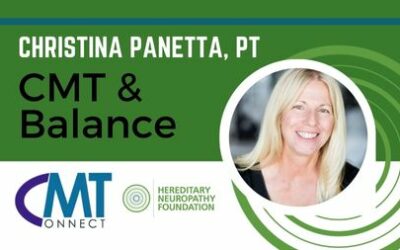
0 Comments